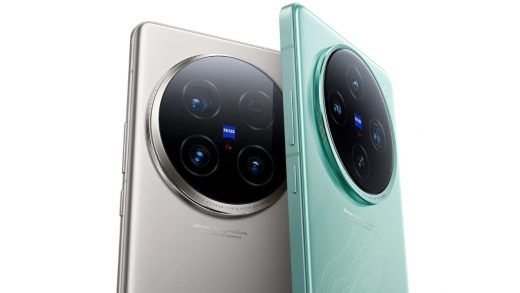
MIT engineers have achieved a major breakthrough with the creation of a zinc-air microbattery, a device so tiny it measures just 0.1 millimetres in length and 0.002 millimetres in thickness—about the thickness of a human hair. This innovative battery harnesses oxygen from the air to oxidise zinc, generating up to 1 volt of power. This significant advancement could transform the capabilities of cell-sized robots, enabling them to perform tasks such as drug delivery within the human body and detecting gas leaks in pipelines.
Tiny Batteries, Big Impact
The new battery design addresses a major challenge in robotics: powering extremely small devices. Traditional robots often rely on external light or laser sources for power, limiting their mobility and functionality. By integrating the power source directly into the robots, MIT’s zinc-air batteries provide the autonomy needed for these devices to operate independently. Michael Strano, senior author of the study, emphasises the impact of this development: “We’re building robotic functions onto the battery and starting to put these components together into devices.”
Advancing Robotic Capabilities
The research team, led by Ge Zhang and Sungyun Yang, has demonstrated that these batteries can power a range of robotic components. These include actuators that move robotic arms, memristors for memory storage, and sensors that detect chemicals. The vision for these tiny robots includes their potential use in medical applications, such as injecting them into the human body to administer drugs like insulin. They could also be used in industrial settings to monitor and respond to environmental changes.
Future Prospects
Looking ahead, the MIT team plans to integrate the batteries directly into robotic devices, moving beyond the current prototype stage where the battery is connected externally. Future research will focus on increasing the battery’s voltage and exploring additional applications. Supported by funding from the U.S. Army Research Office, the Department of Energy, and the National Science Foundation, this innovation marks a significant step forward in creating more autonomous and versatile robotic systems.
This advancement holds promise for both medical and industrial applications, representing a substantial leap in the capabilities of tiny robots.


